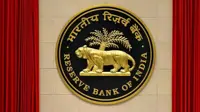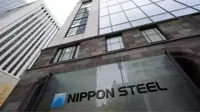US Fed secretly lent $1.2 trillion to top banks during crisis
23 Aug 2011
Citigroup and Bank of America were the undisputed leaders of finance in 2006 as home prices peaked. Their reign at the top led 10 biggest US banks and brokerage firms to their best years ever with $104 billion of profits.
 By 2008, the housing market's collapse forced those companies to take more than six times the amount, $669 billion, in emergency loans from the US Federal Reserve. This dwarfed the $160 billion in public bailouts, the US Treasury gave the top 10. However, until now the full amounts had remained secret.
By 2008, the housing market's collapse forced those companies to take more than six times the amount, $669 billion, in emergency loans from the US Federal Reserve. This dwarfed the $160 billion in public bailouts, the US Treasury gave the top 10. However, until now the full amounts had remained secret.
Fed chairman Ben Bernanke advanced as much as $1.2 trillion of public money to the companies, about the same amount US homeowners currently owe on 6.5 million delinquent and foreclosed mortgages. Among the banks that received the fed's largesse, Morgan Stanley, got $107.3 billion, while Citigroup took $99.5 billion and Bank of America $91.4 billion, a compilation of data obtained through Freedom of Information Act requests, months of litigation and an act of Congress has revealed.
According to Robert Litan, a former Justice Department official who in the 1990s served on a commission probing the causes of the savings and loan crisis, these were colossal amounts and the aristocracy of American finance would have ended up down the tubes without federal money.
But it was not just US finance, almost half of the Fed's top 30 borrowers were European firms, including Edinburgh-based Royal Bank of Scotland Plc, which took $84.5 billion.
The $1.2-trillion peak of 5 December 2008 - the combined outstanding balance under the seven programmes came to around three times the size of the US federal budget deficit that year and exceeded the total earnings of all federally insured banks in the US for the decade through 2010.

































